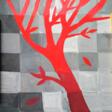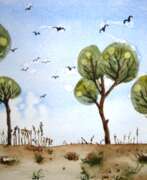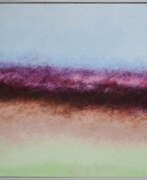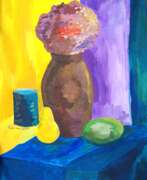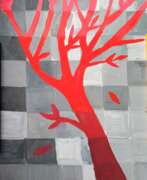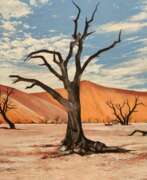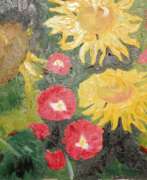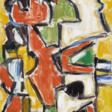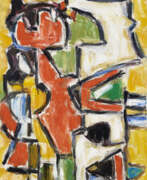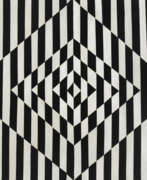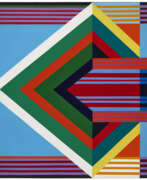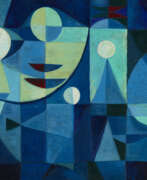Color field painting

Color field painting
Color field painting is a style of abstract painting that emerged in the New York School during the 1940s and 1950s. It's characterized by large expanses of unbroken color and an emphasis on the flatness of the canvas surface. This movement sought to focus on the purity of color itself, using it as the primary means of expression to evoke emotion without the use of form or figure.
Artists like Mark Rothko, Barnett Newman, and Clyfford Still are considered key figures in the development of color field painting. Rothko's works, known for their emotive qualities derived from soft, rectangular bands of color, aimed to tap into the viewer's innermost emotions. Newman's paintings often featured a 'zip', a distinctive vertical band of color that added a spatial complexity to the otherwise flat color fields. Still introduced a dramatic tension in his works through bright, large-scale hues.
Helen Frankenthaler contributed significantly to the movement with her "soak-stain" technique, which involved pouring thinned paint onto canvas, influencing other artists like Morris Louis and Kenneth Noland. Louis's works often showcased controlled flows of acrylic paint, creating a rainbow-like effect, while Noland's focused on the interplay of pure color through geometric forms like circles and stripes.
Color field painting is not just a testament to these artists' exploration of color and form; it also reflects a philosophical stance on the nature of art itself and its capacity to evoke a primal, emotional response. This movement is a key part of the larger Abstract Expressionist family, representing the more contemplative and introspective side of this artistic epoch.
For collectors, auctioneers, and art and antique experts, color field paintings are not merely historical artifacts but are pieces that continue to speak to the deep connections between color, emotion, and artistic expression.
| Country: | America, USA |
|---|---|
| Start of the period: | 1940 |
